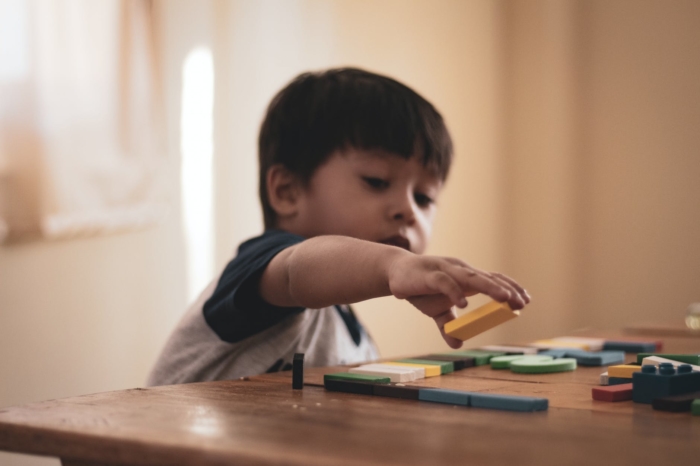During COVID-19 Outbreak, Compounding Challenges for Special Education Students
In Massachusetts, there’s a staunch and persistent negative correlation between the share of students with disabilities in a school and the school’s overall performance on MCAS testing. Consider it a sign that ongoing reforms are needed in special education to prepare all of our children for their future.
Special education students deserve particular attention, however, because unlike some other demographics – notably economically disadvantaged kids – they have grown in number consistently in recent years. Between 2013 and 2019, Massachusetts primary and secondary schools added over 10,000 children with disabilities, a growth rate of over 1 percent per year. They now comprise over 19 percent of the state’s K-12 enrollment.
Programming for these children is especially important during a crisis like COVID-19. Many schools have been ill-prepared for a move to online learning, and the state has already changed its guidelines on remote education in response to the outbreak.
For many students with disabilities that rely on in-school physical therapy or need constant supervision, the transition is even harder. Going forward, the flexibility and resilience of special education programs in the Commonwealth must reflect the inevitability of both future national emergencies and increased enrollment.
Andrew Mikula is the Lovett & Ruth Peters Economic Opportunity Fellow at the Pioneer Institute. Research areas of particular interest to Mr. Mikula include urban issues, affordability, and regulatory structures. Mr. Mikula was previously a Roger Perry Government Transparency Intern at the Institute and studied economics at Bates College.



